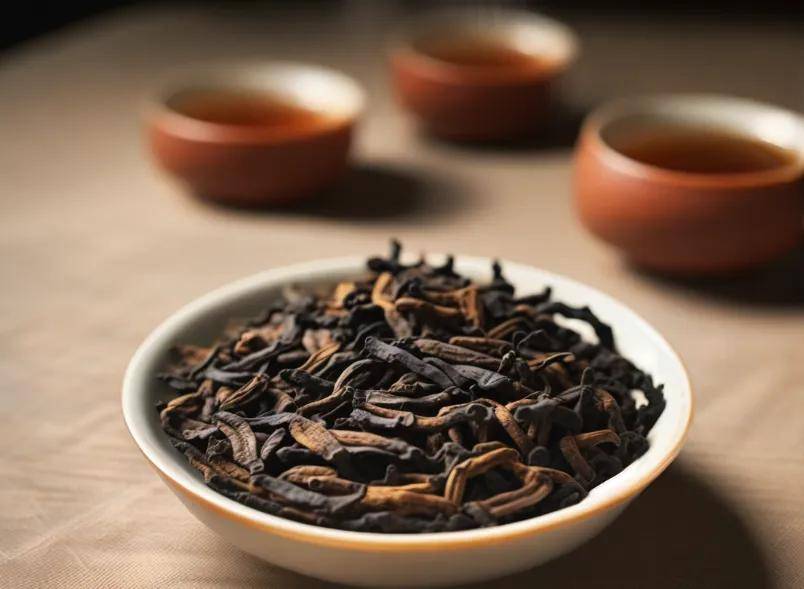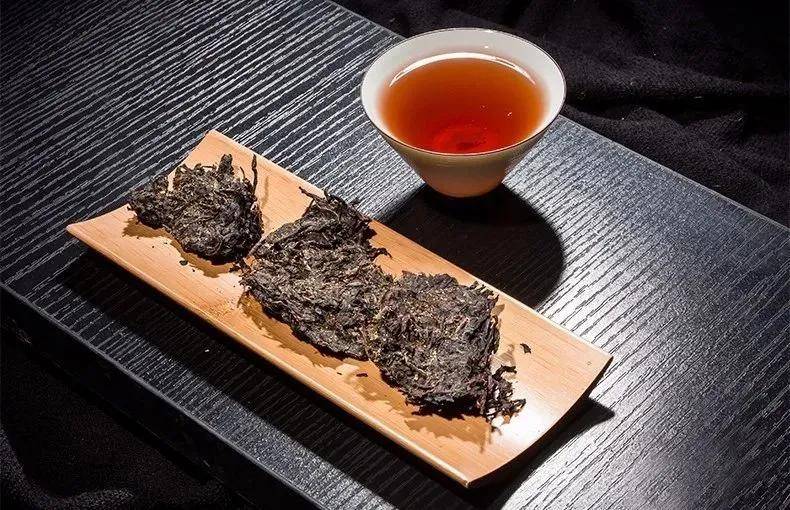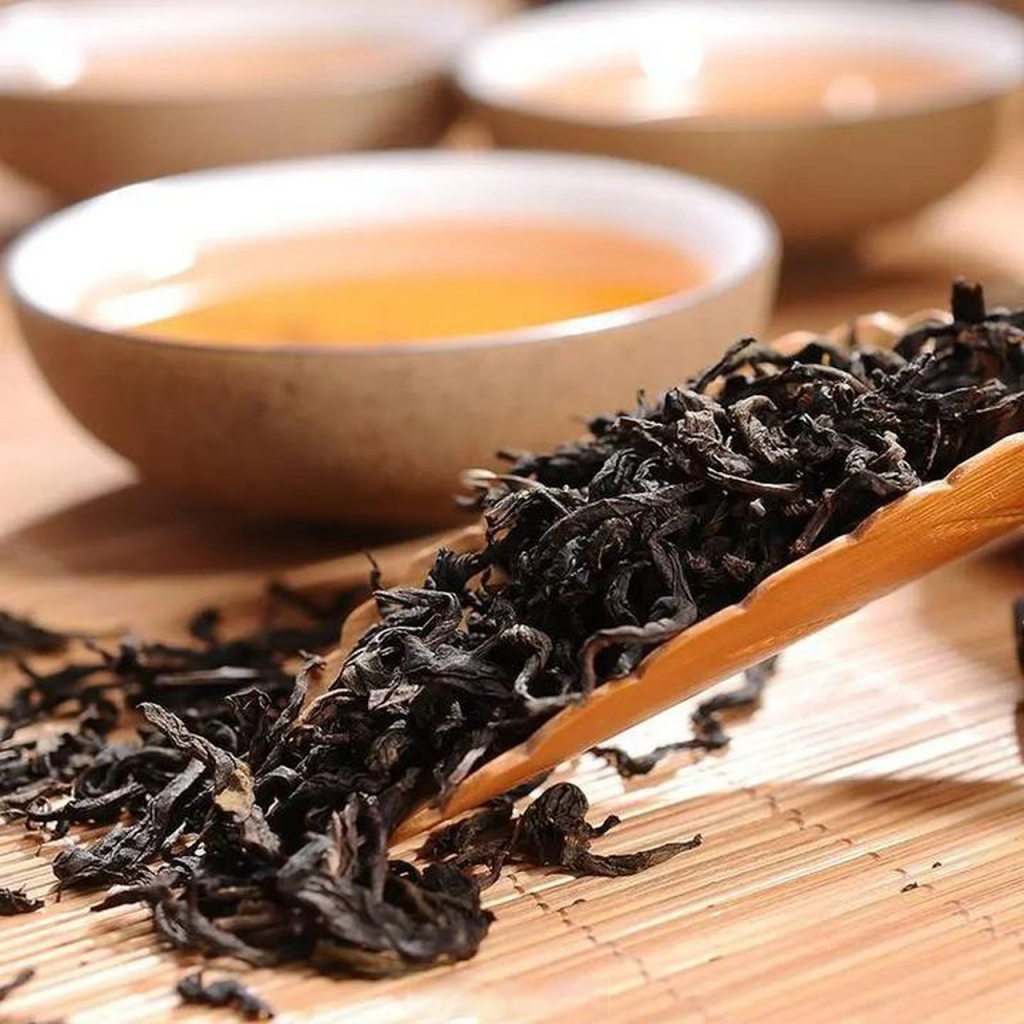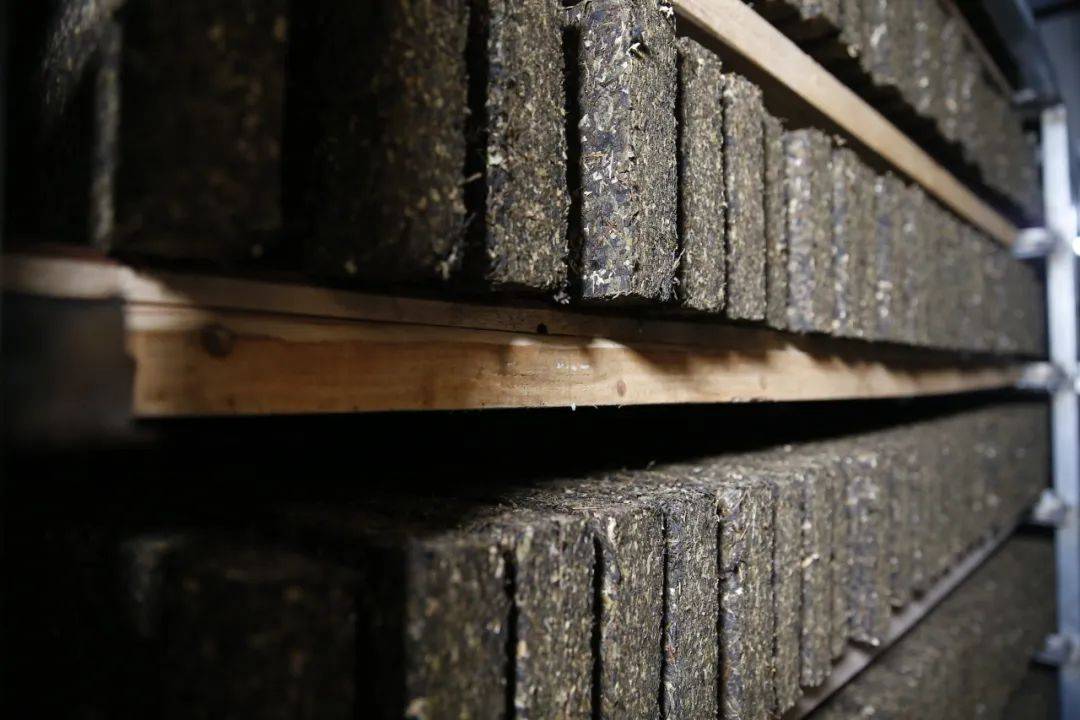Dark tea, one of China’s six major tea categories, is renowned for its unique post-fermentation process and rich historical legacy. Unlike green or oolong teas, dark tea undergoes a prolonged microbial fermentation, resulting in distinct earthy, smoky, or floral notes. Its classification is deeply rooted in geographic origin, processing techniques, and cultural significance. Below is a systematic exploration of Chinese dark tea’s diverse landscape:

1. Geographic Classification and Representative Teas
Dark tea’s identity is inseparable from its terroir, with each region imprinting unique characteristics on its teas.
- Hunan Dark Tea (湖南黑茶)
Hailing from Anhua County, this category is celebrated for its “aged mellow” flavor. Key examples include:- Tianjian, Gongjian, Shengjian (三尖): Graded by quality, these loose-leaf teas offer complex aromas ranging from orchid to roasted nuts.
- Fuzhuan Brick (茯砖): Noted for its “golden flowers” (Eurotium cristatum), a beneficial fungus that enhances its earthy, savory profile.
- Qianliang Tea (千两茶): A massive, bamboo-wrapped cylinder tea weighing 36 kg, prized for its smoky, grassy notes and aging potential.
- Hubei Dark Tea (湖北黑茶)
Produced in赤壁 and Xianning, this tea is often pressed into Qingzhuan bricks (青砖). Coarser in texture, it features a robust, woodsy flavor and was historically traded to Mongolia and Tibet. - Sichuan Dark Tea (四川黑茶)
Divided into Southern Sichuan Border Tea (e.g., Kangzhuan, Jinjian) and Western Sichuan Border Tea, these teas are processed into bricks or packages. They are known for their deep, mineral-rich taste and resilience in harsh climates. - Yunnan Dark Tea (云南黑茶)
Dominated by Pu-erh (普洱), this category is further split into:- Sheng Pu-erh (生普洱): Aged naturally, it offers bright, floral notes with astringency.
- Shu Pu-erh (熟普洱): Accelerated fermentation via “wo dui” (pile fermentation) yields a mellow, earthy flavor with a sweet aftertaste.
- Guangxi Dark Tea (广西黑茶)
Liubao Tea (六堡茶), from Wuzhou, is famous for its “red, thick, mellow, and aged” profile. Multiple fermentation cycles create a unique pineapple-like aroma and dehumidifying properties. - Shaanxi Dark Tea (陕西黑茶)
Jingwei Fuzhuan (泾渭茯砖), produced in Xianyang, shares similarities with Hunan’s Fuzhuan but is noted for its intense “golden flower” fragrance and smooth, balanced taste.
2. Processing Techniques: The Art of Transformation
Dark tea’s complexity arises from its meticulous processing:
- Killing Green (杀青): Halts oxidation via high heat.
- Rolling and Initial Piling (揉捻渥堆): Triggers microbial activity, crucial for developing dark tea’s signature flavors.
- Drying and Compression (干燥压制): Shapes the tea into bricks, cakes, or loose forms, affecting oxidation and aging potential.
3. Terroir’s Influence on Flavor
Geography profoundly shapes dark tea’s character:
- Soil and Climate: Anhua’s glacial till soil, rich in zinc and selenium, imparts mineral depth to Hunan dark teas. Yunnan’s tropical climate fosters Pu-erh’s fruity notes.
- Aging and Environment: Humid regions like Guangxi encourage Liubao’s multiple fermentations, while dry Tibetan plateaus favor Hubei Qingzhuan’s slow, steady maturation.
4. Cultural and Health Significance
Beyond taste, dark tea holds cultural and wellness value:
- Historical Trade: Dark teas were vital for ancient tea-horse trade routes, serving as currency and sustenance for nomadic peoples.
- Health Benefits: Studies suggest dark tea aids digestion, reduces cholesterol, and enhances gut health due to its probiotic properties and antioxidants.
- Aging Potential: Like fine wine, many dark teas improve with age, developing deeper, more layered flavors over decades.
Conclusion
Chinese dark tea is a testament to China’s tea-making heritage, where nature and human craftsmanship harmonize. From the smoky depths of Qianliang Tea to the evolving elegance of Pu-erh, each category invites exploration. As global tea culture evolves, understanding dark tea’s diversity offers a gateway to appreciating China’s liquid artistry—a journey through time, terroir, and tradition. Whether sipping a aged Fuzhuan or a freshly brewed Liubao, one experiences not just a beverage, but a narrative woven into every leaf.



